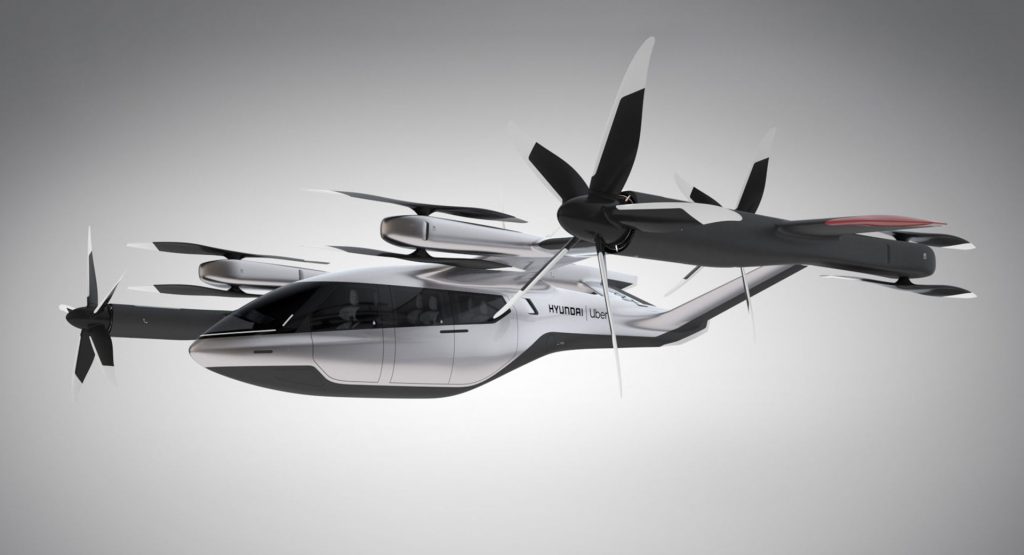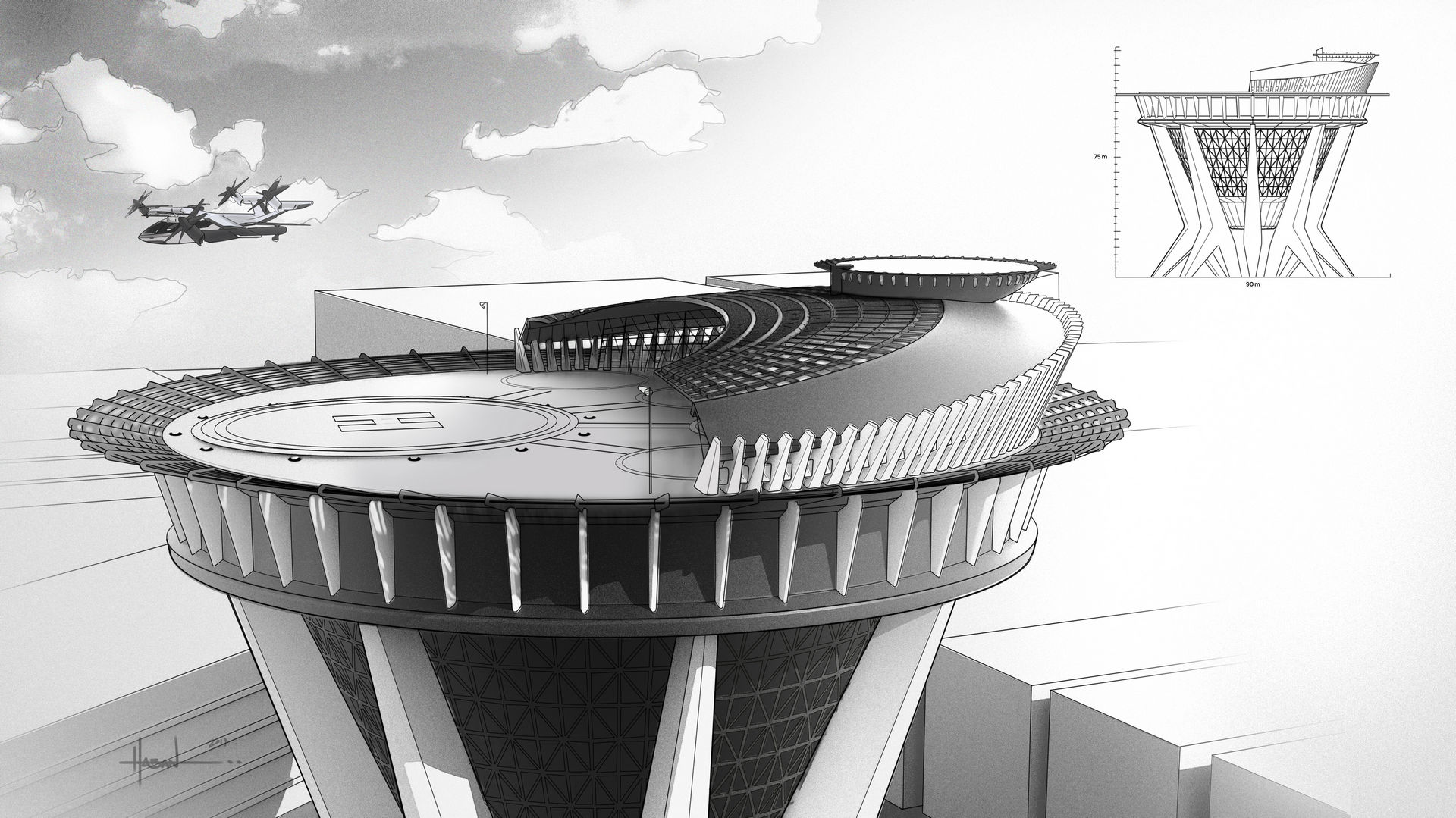Hyundai is very serious about the future of electric flying mobility and has announced the formation of a new company dubbed Supernal that serves as an evolution of its Urban Air Mobility Division.
Supernal continues to develop the S-A1 concept vehicle that it unveiled at CES 2020 and intends on bringing it to market and starting certification with U.S. regulatory agencies in 2024. This vehicle will be powered solely by electricity and capable of autonomous flight. It will be able to accommodate four to five passengers in initially urban and urban-adjacent routes.
The company ultimately plans to launch its first commercial flight in 2028 before it begins to scale operations throughout the 2030s.
“In adding a new dimension to mobility, we are on a mission to transform how people and society move, connect, and live,” Supernal chief executive and president of Hyundai Motor Group, Jaiwon Shin said in a statement. “We have bold ambitions at Supernal but being first to market is not one of them. We are working to build the right product and the right integrated market, and we will leverage Hyundai Motor Group’s scaled manufacturing expertise to ensure AAM (Advanced Air Mobility) reaches the right price point and is accessible to the masses.”
The S-A1 showcased 18 months ago is capable of vertical take-off and landing and has been designed for cruising speeds of up to 180 mph (290 km/h) with a cruising altitude of 1,000-2,000 feet (300-600 meters. The concept was also conceived with a range of up to 60 miles (96 km).
Read More: Hyundai And Uber Made A Flying Electric Taxi
Supernal is working with various stakeholders around the world to establish its Advanced Air Mobility system. For example, it launched a partnership with the City of Los Angeles and Urban Movement Labs last year to develop a public engagement roadmap and policy toolkit for AAM. It is also working with the British and Canadian governments in exploring and developing AAM infrastructure.
“As an industry disruptor, we have a responsibility to ensure AAM integrates with and augments existing transit options and effectively serves local community needs,” Shin added. “Developing the market – from the vehicle to critical infrastructure networks and public acceptance – takes thoughtful and strategic coordination; everything needs to align at the same time for AAM to reach its full promise.”








